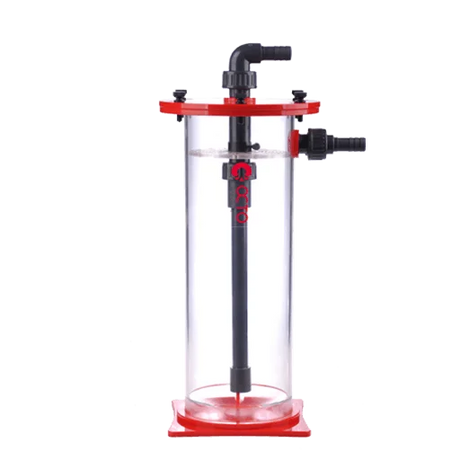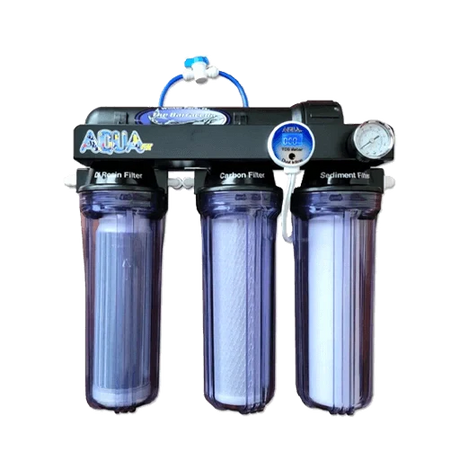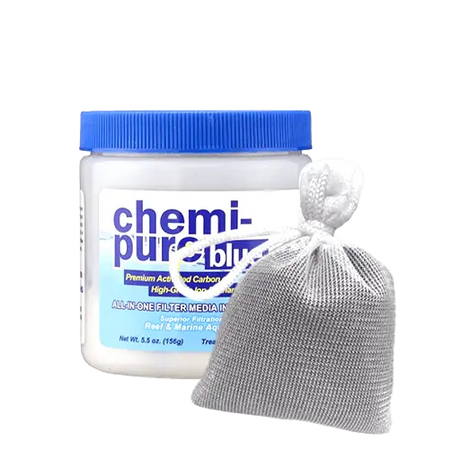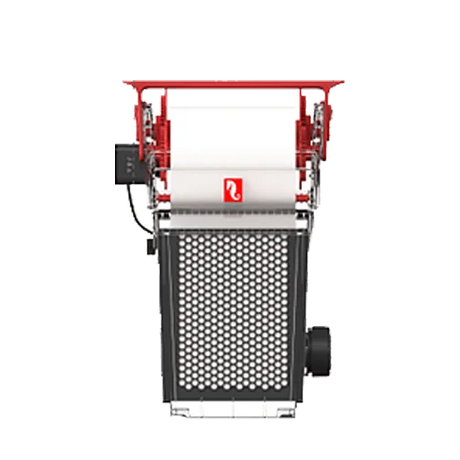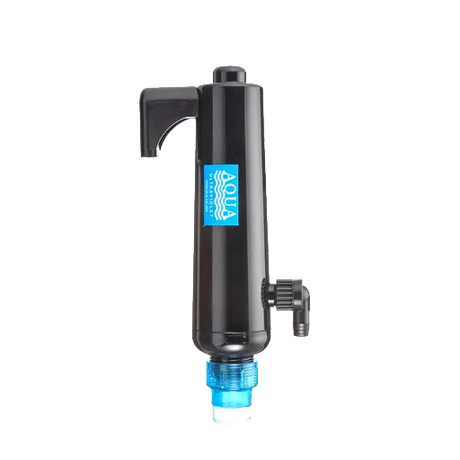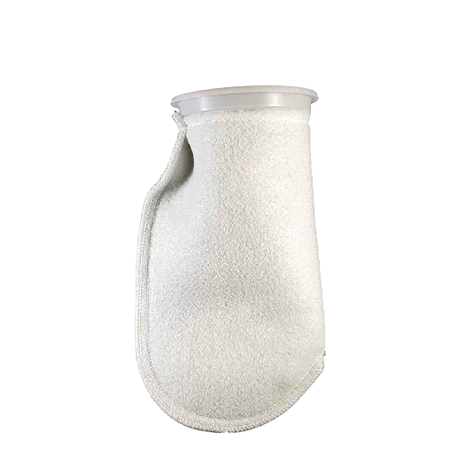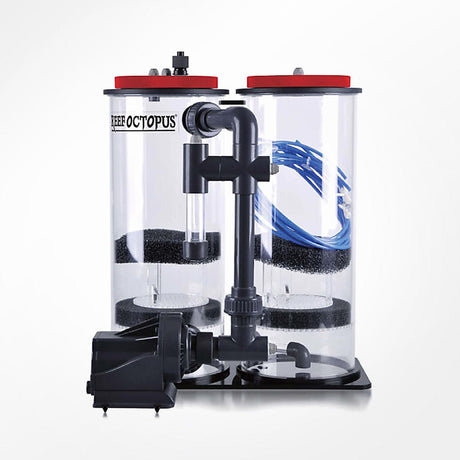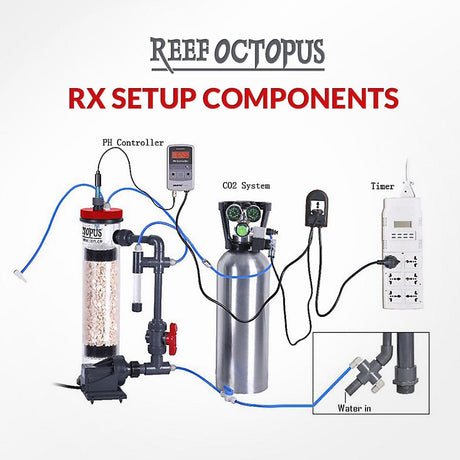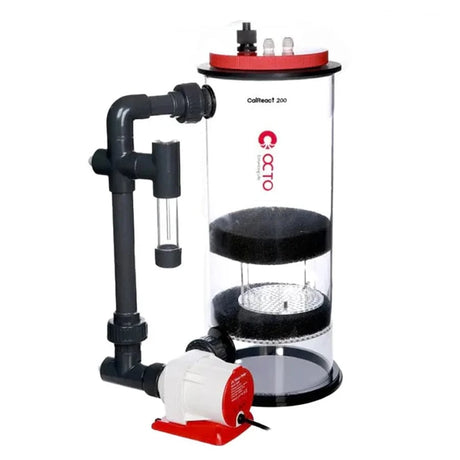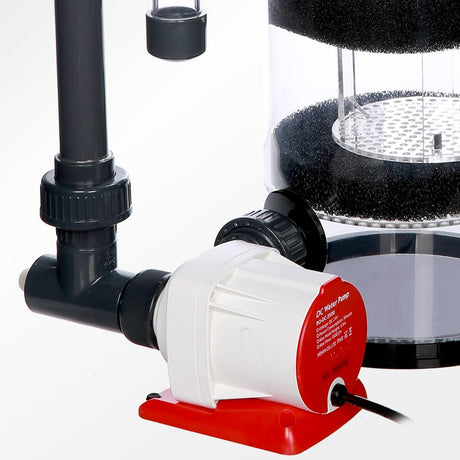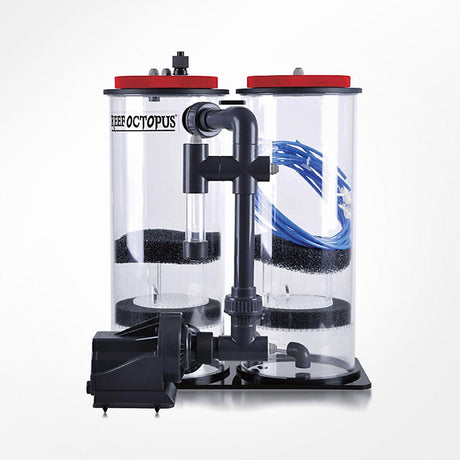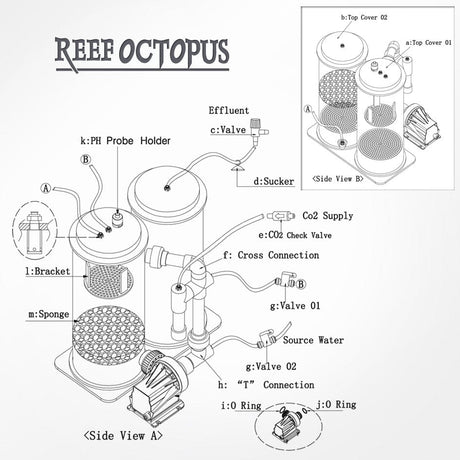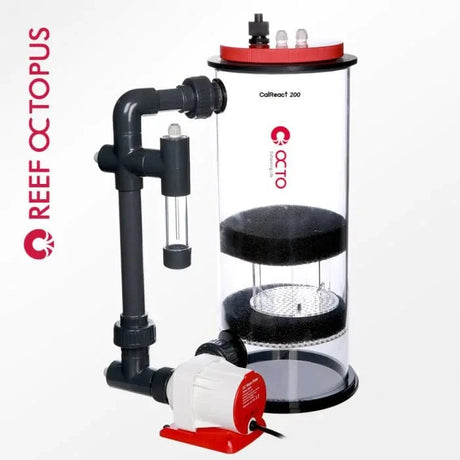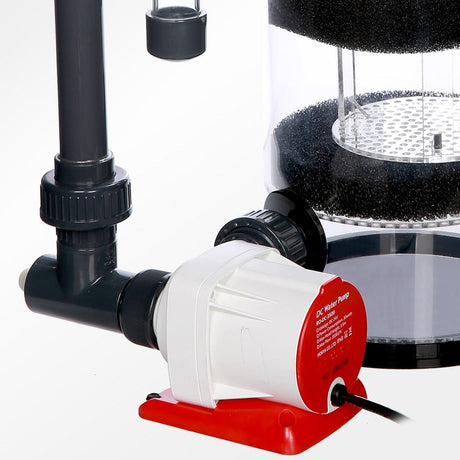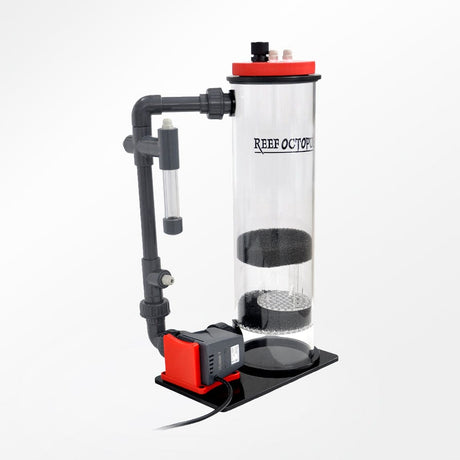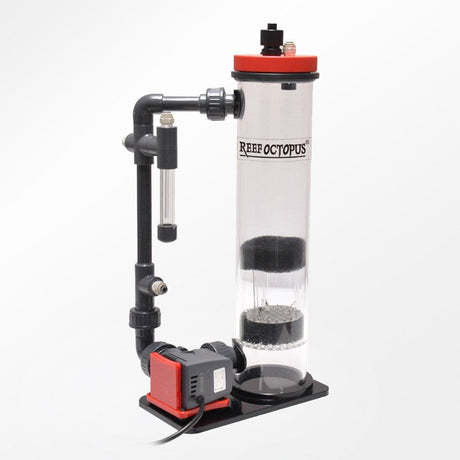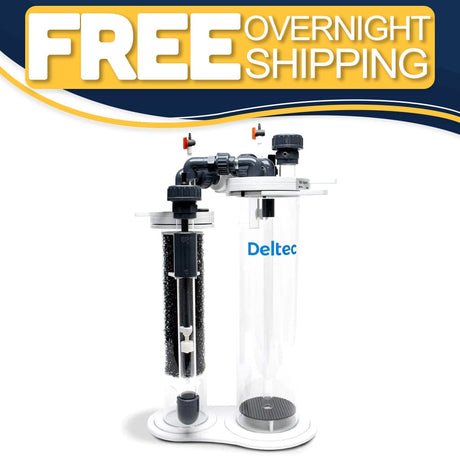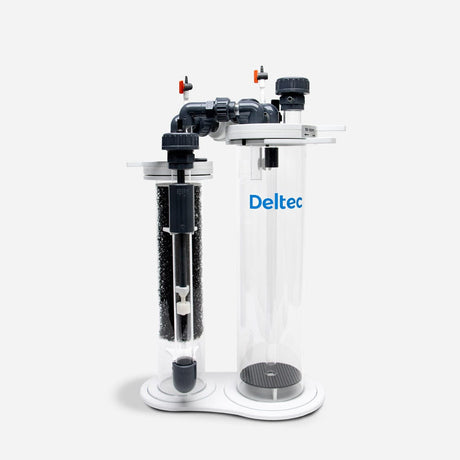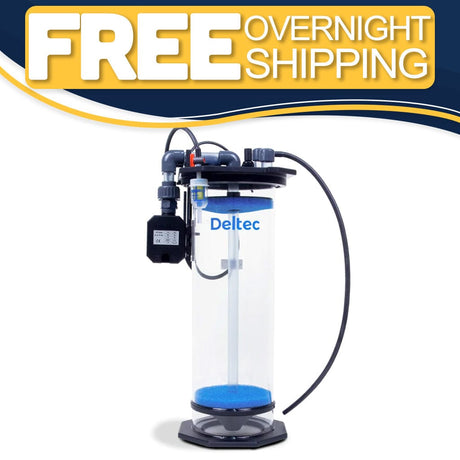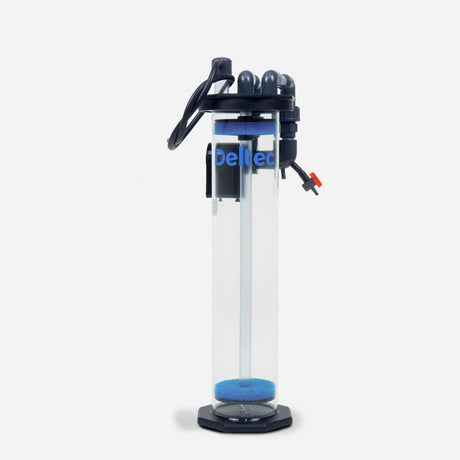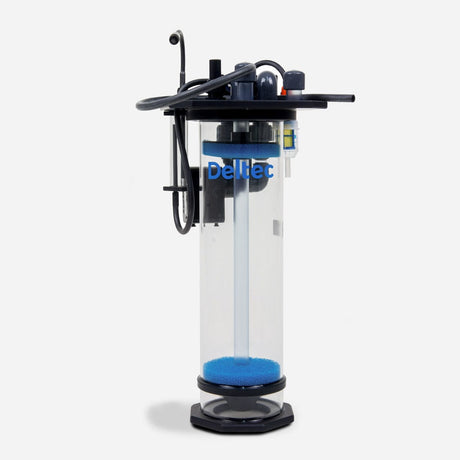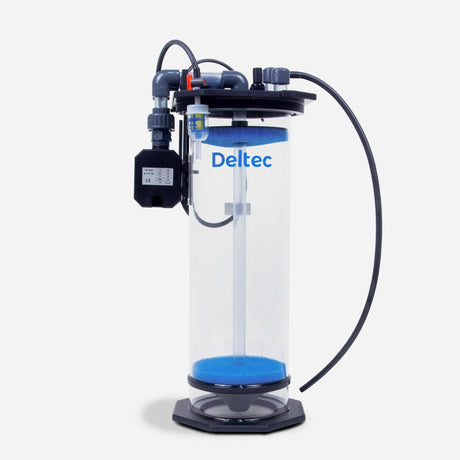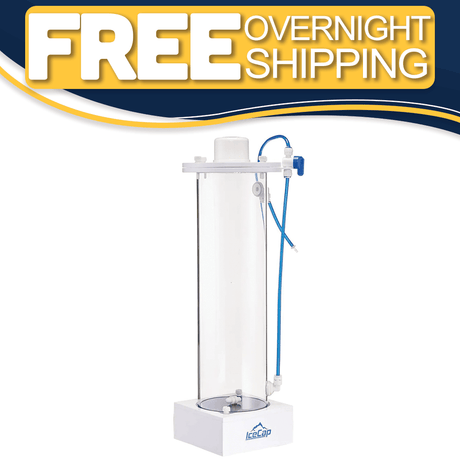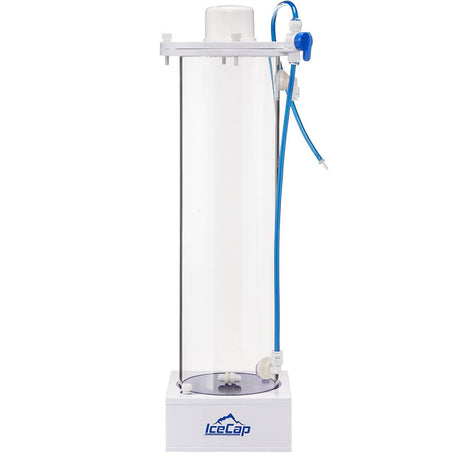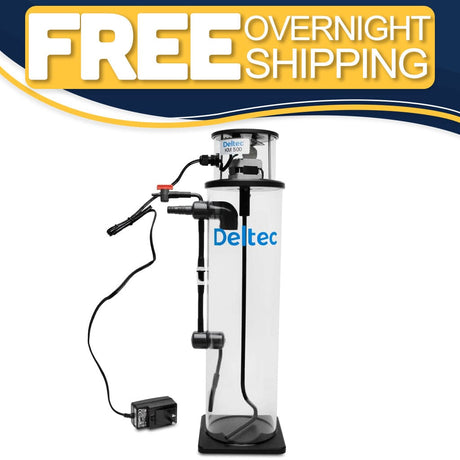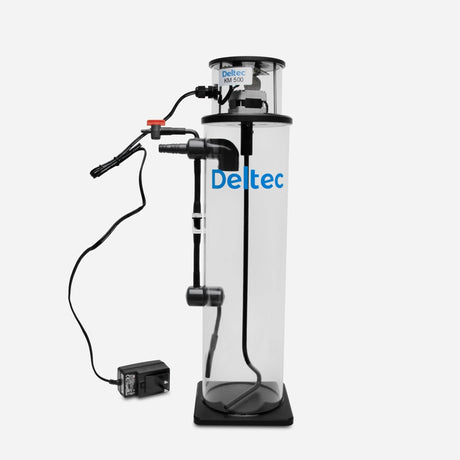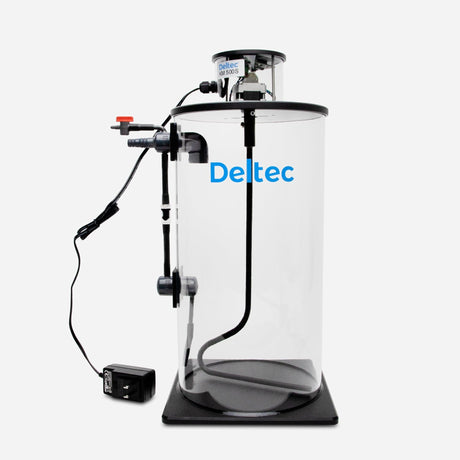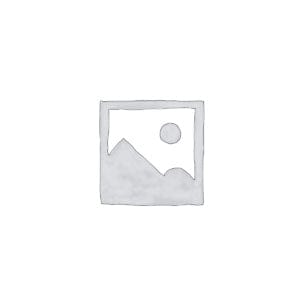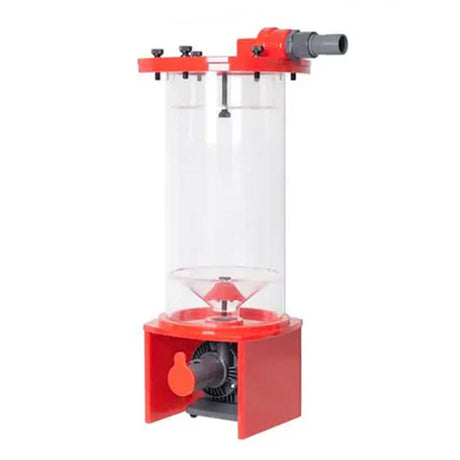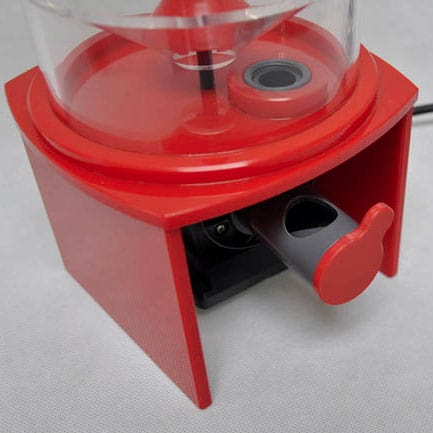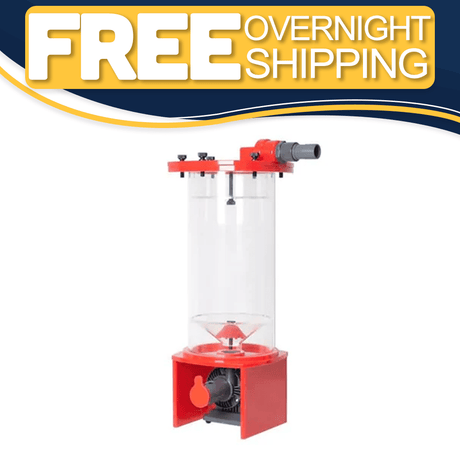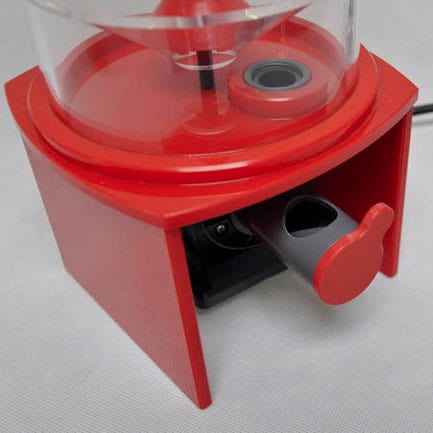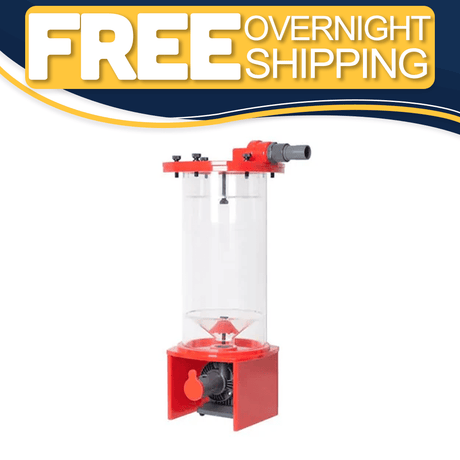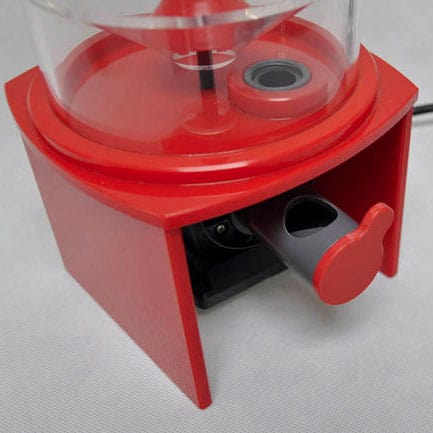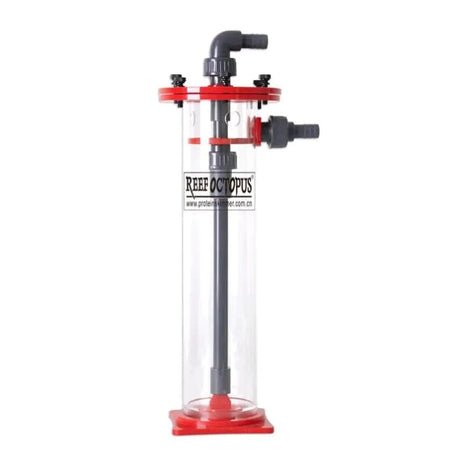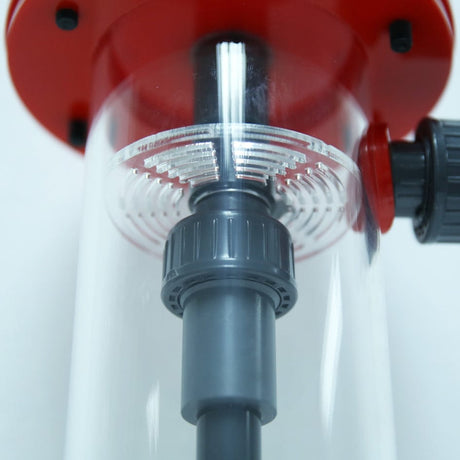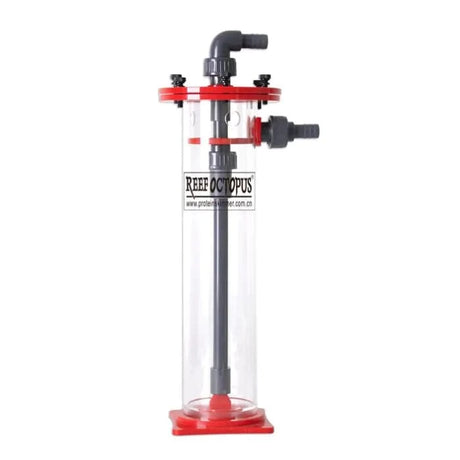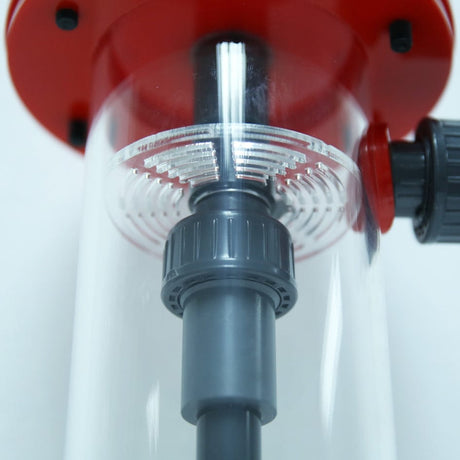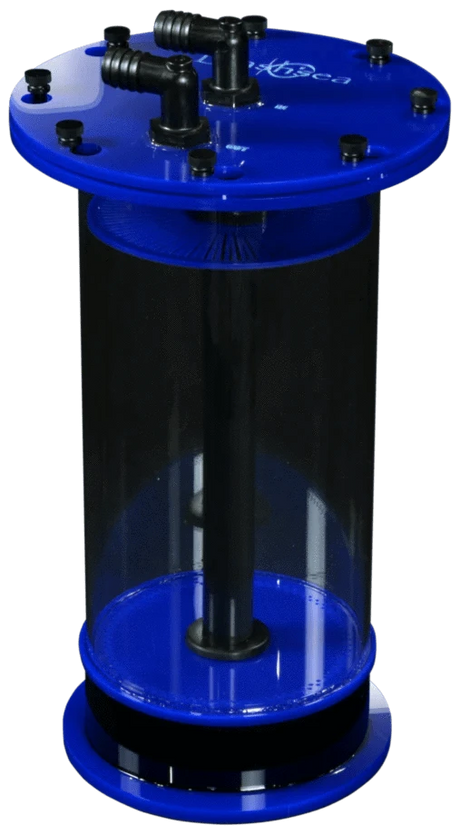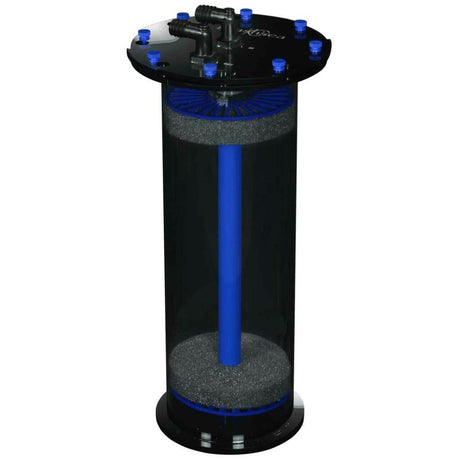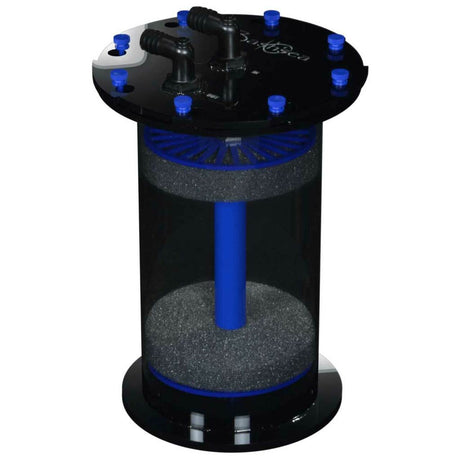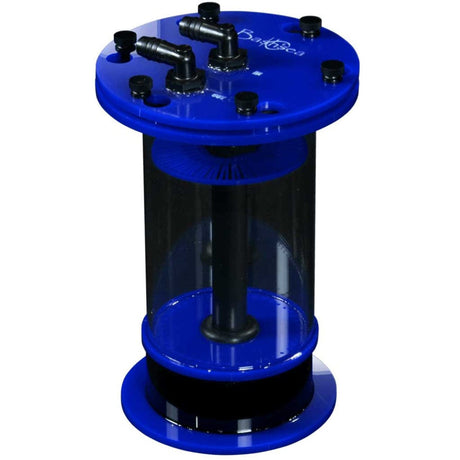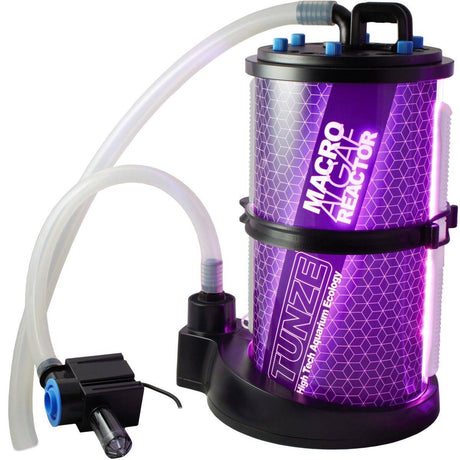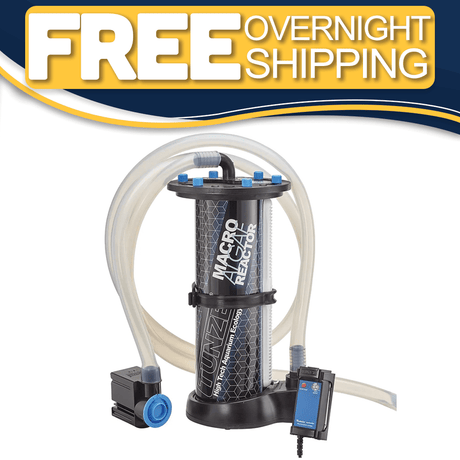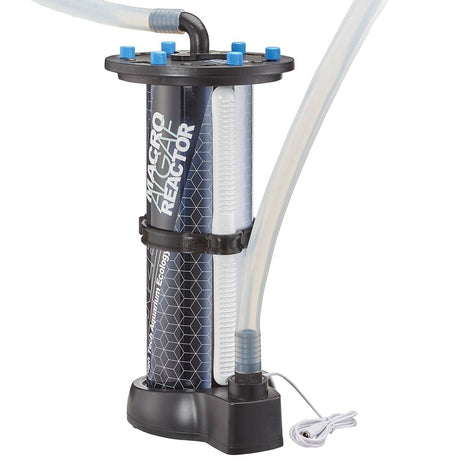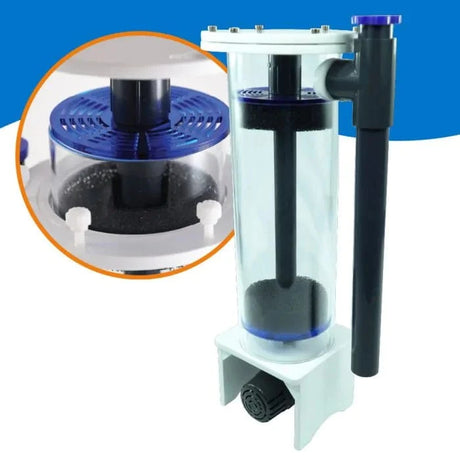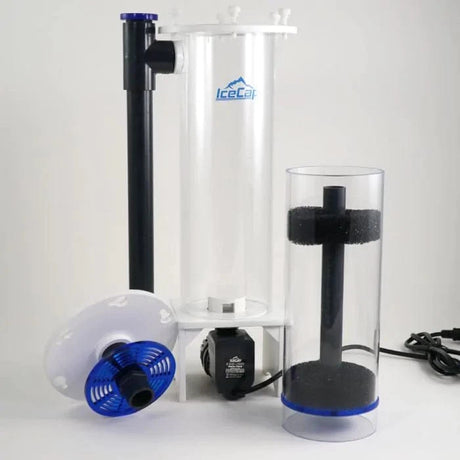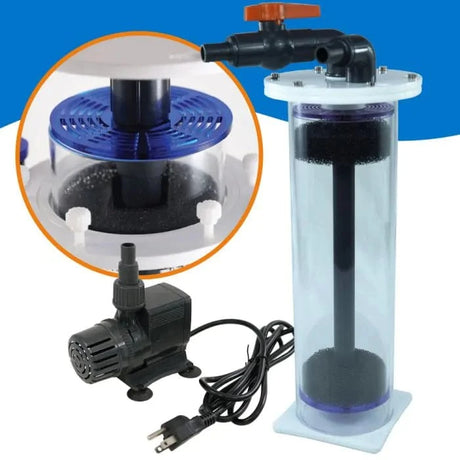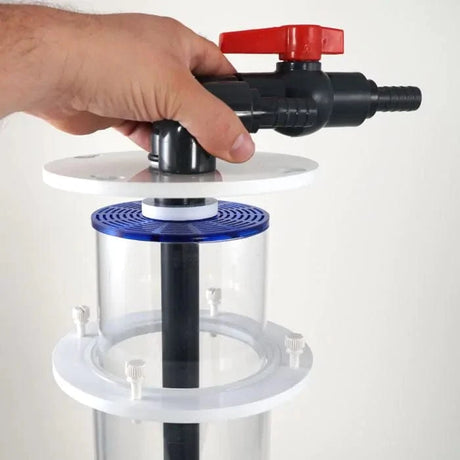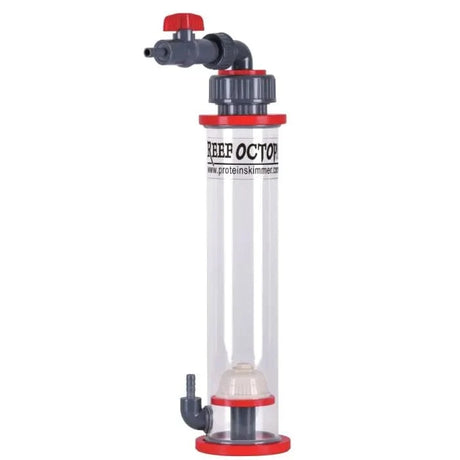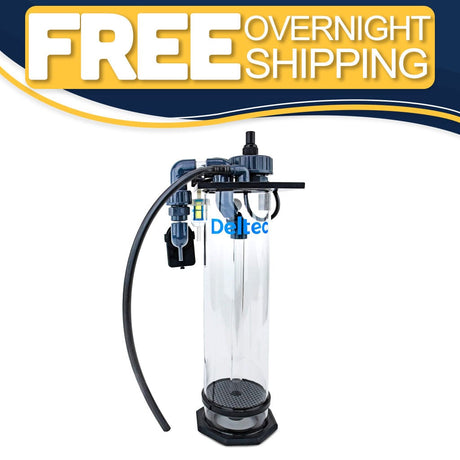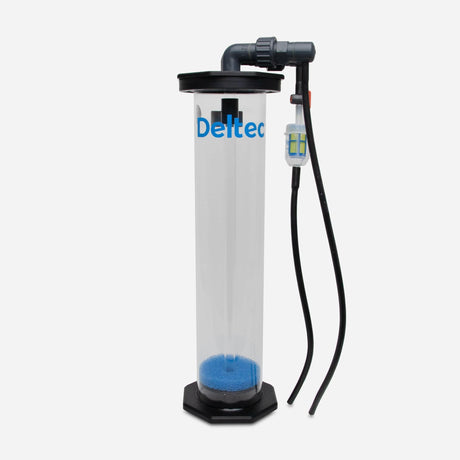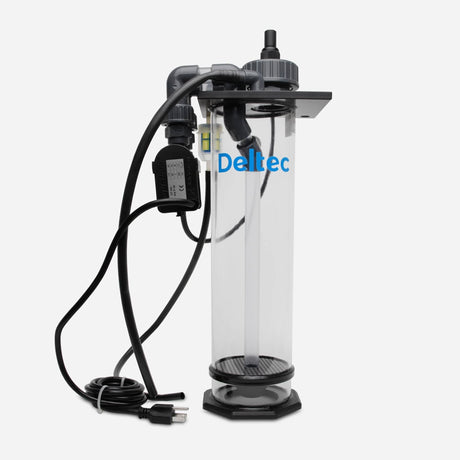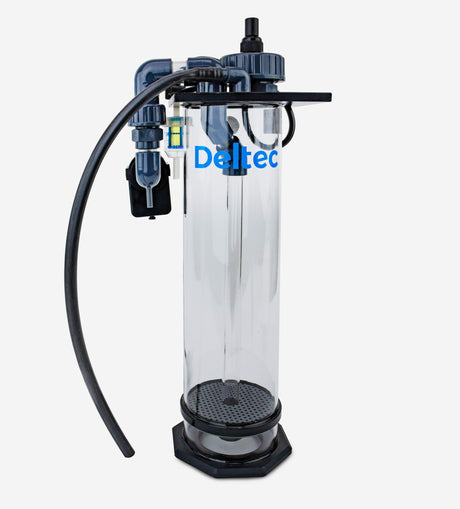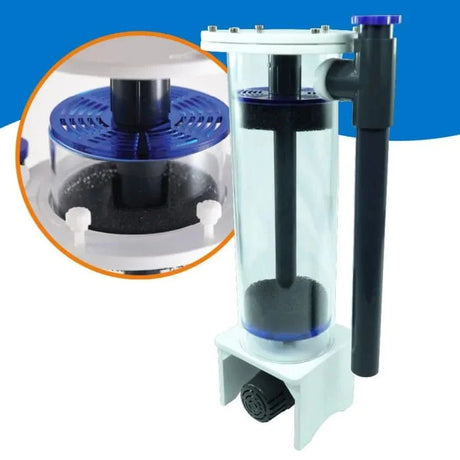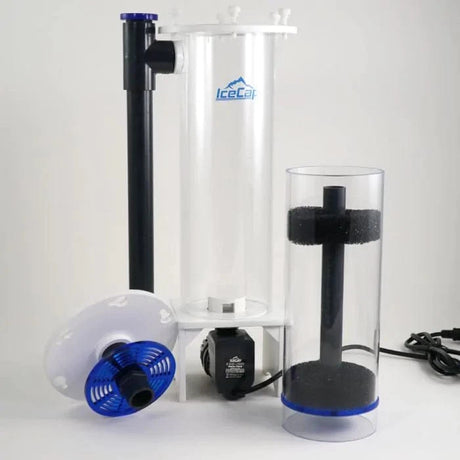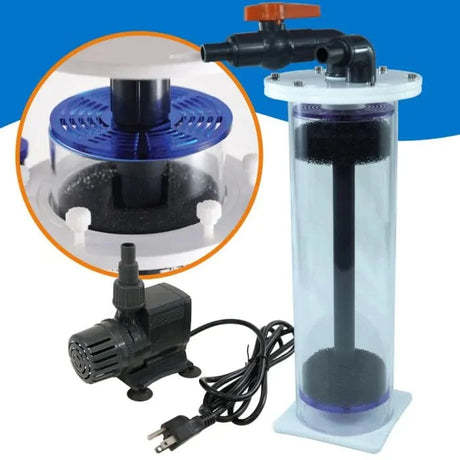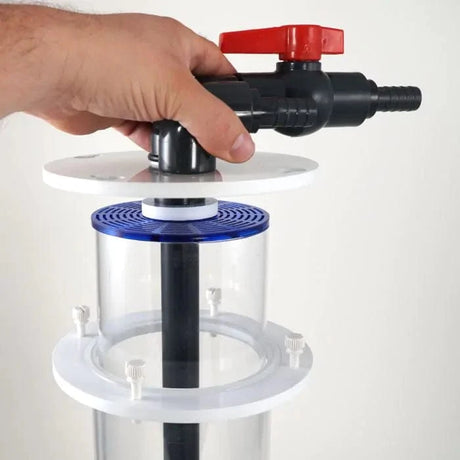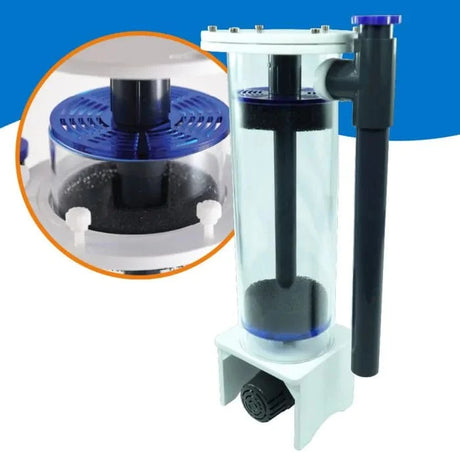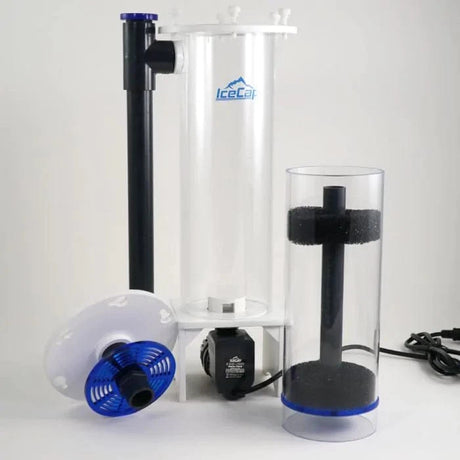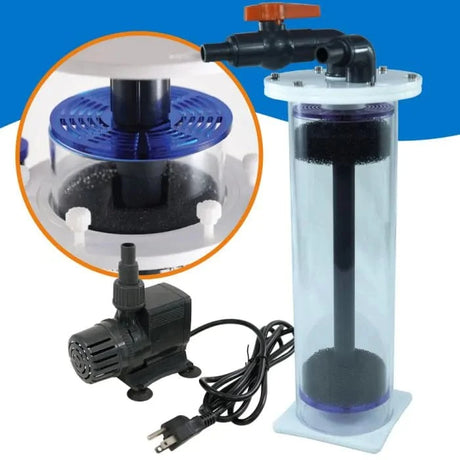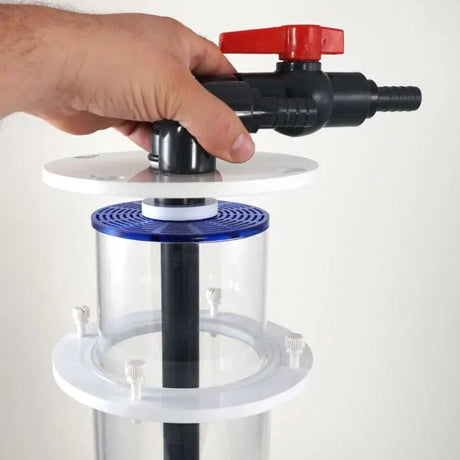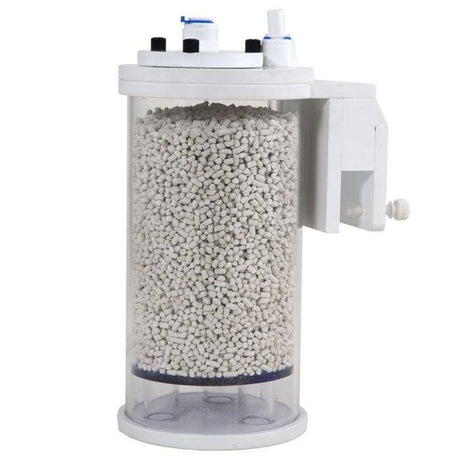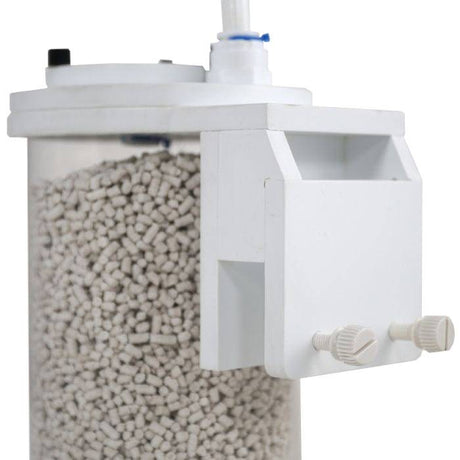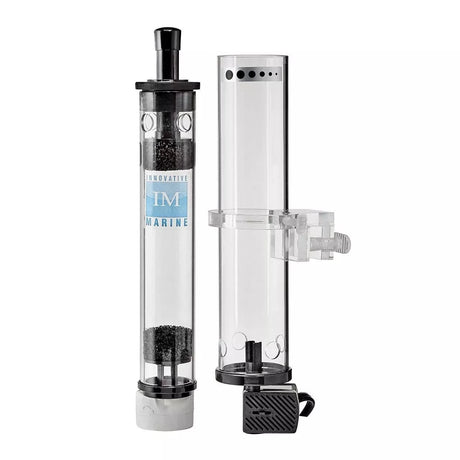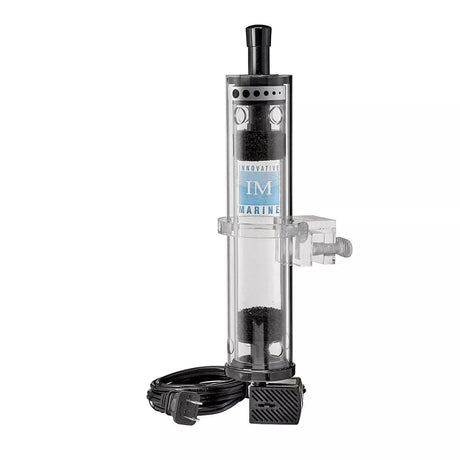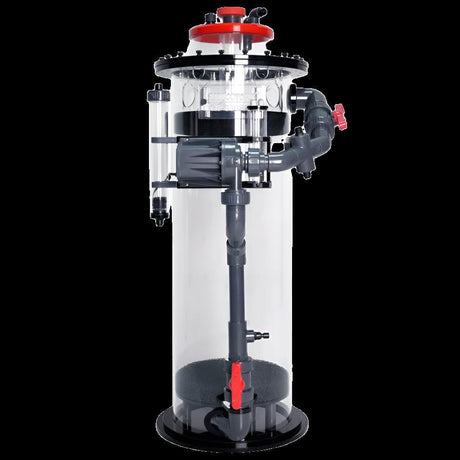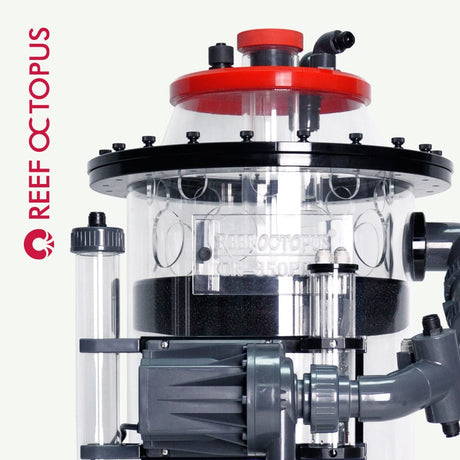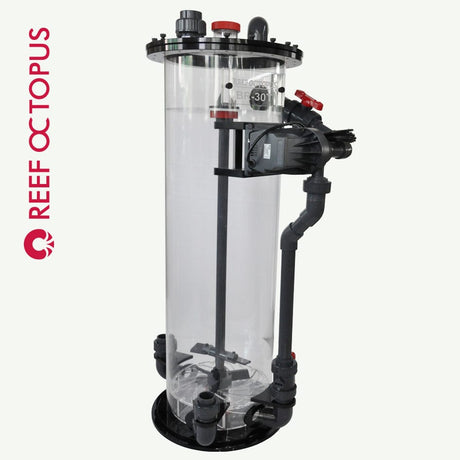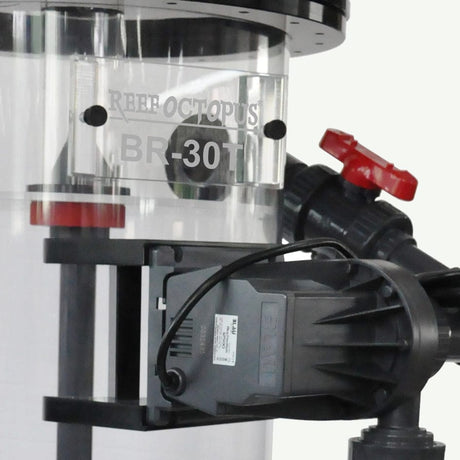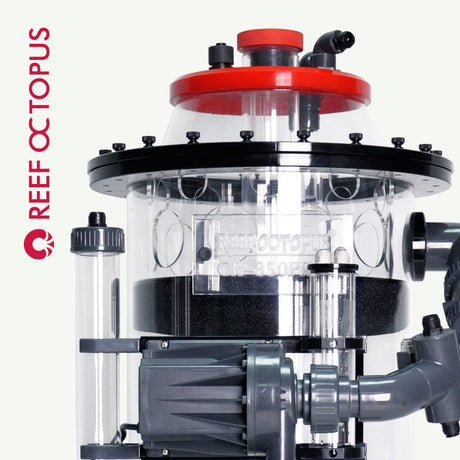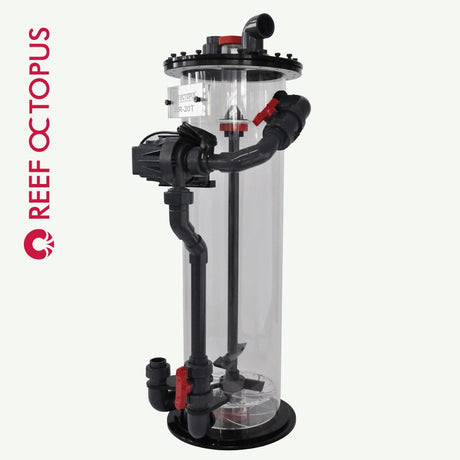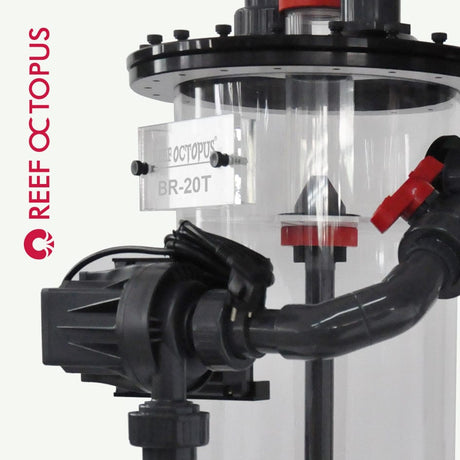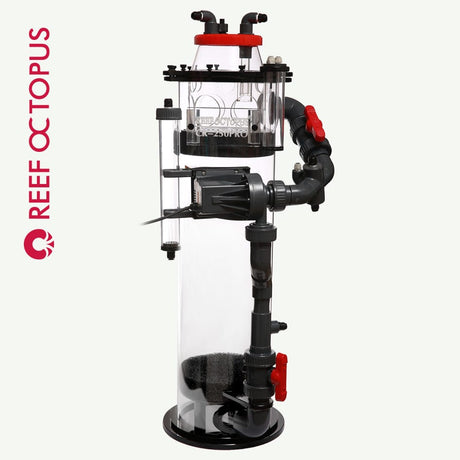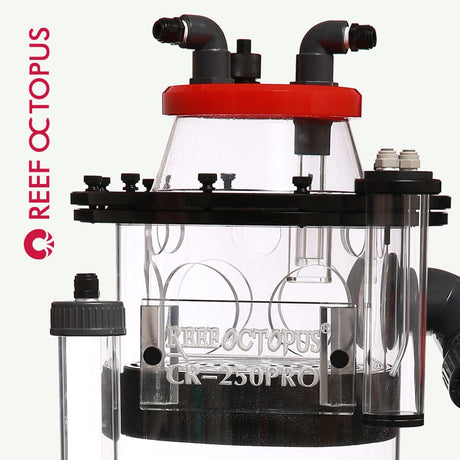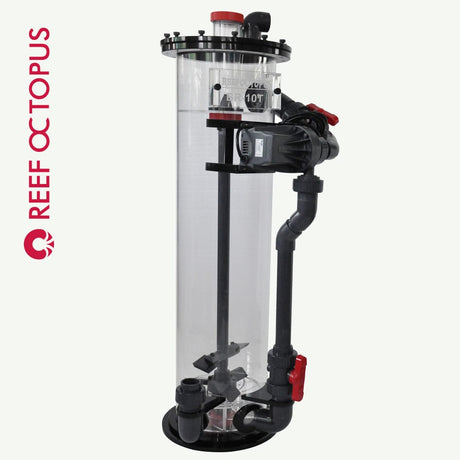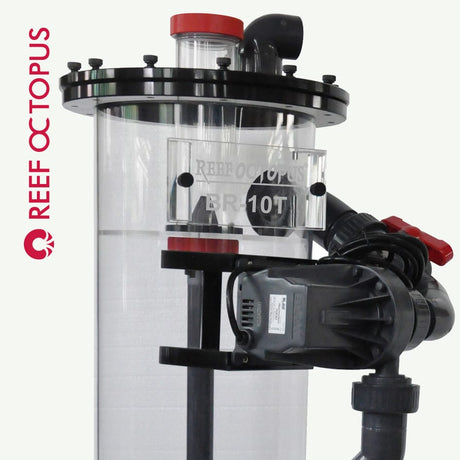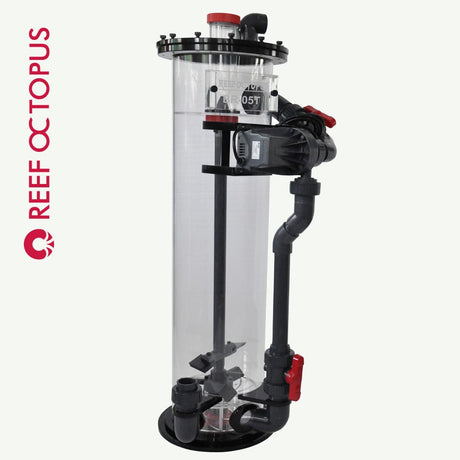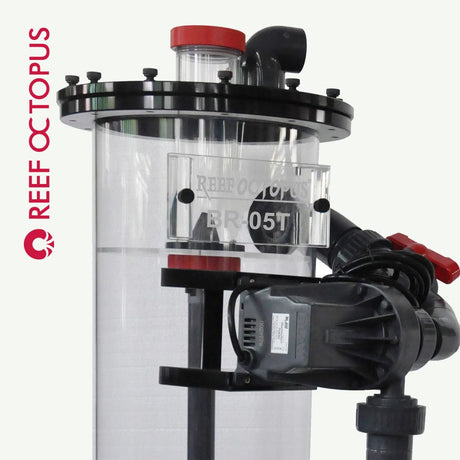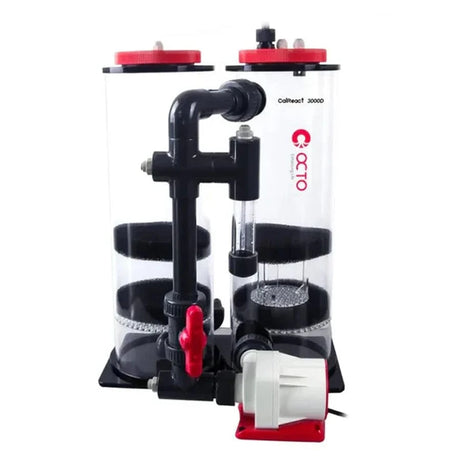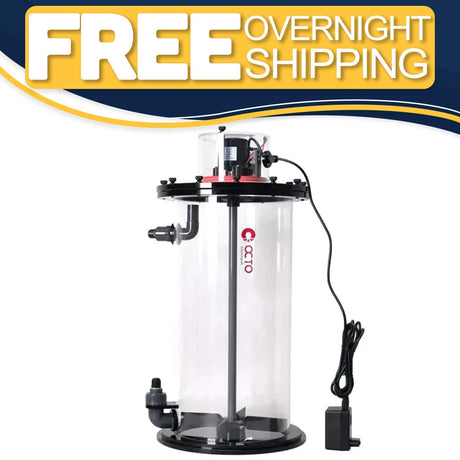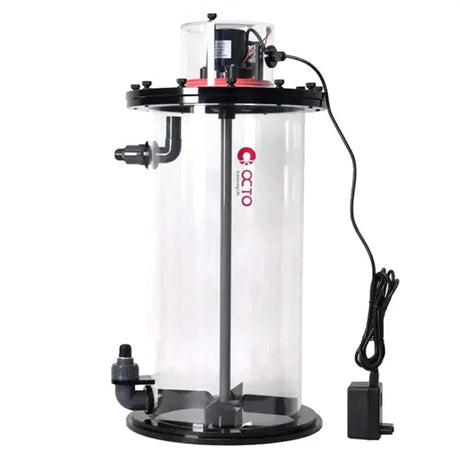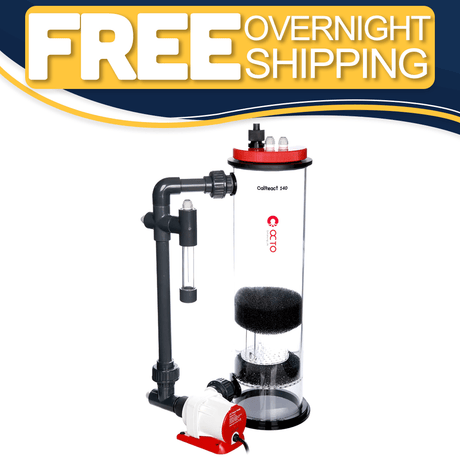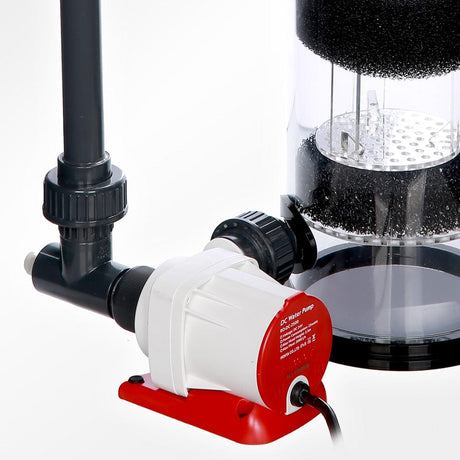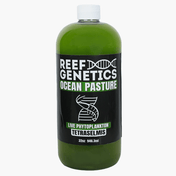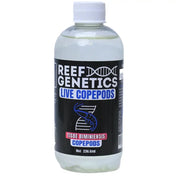SRO CR5000D 8in Dual Chamber Calcium Reactor
$1,09999Unit price /UnavailableVarioS CR220 9 inch Calcium Reactor
$97899Unit price /UnavailableSRO CR3000D 7in Dual Chamber Calcium Reactor
$90199Unit price /UnavailableVarioS CR200 8-inch Calcium Reactor
$82499Unit price /UnavailableCR140 5.5 inch Calcium Reactor
$50599Unit price /Unavailable
cTech T-3 Calcium Reactor - Clearance - AquaReady
$33149$38999Unit price /Unavailable- $41799Unit price /Unavailable

cTech T-2 Calcium Reactor - Clearance - AquaReady
$22099$25999Unit price /Unavailable
cTech T-1 Calcium Reactor - Clearance - AquaReady
$18699$21999Unit price /UnavailableTwin Tech Calcium Reactor - CRTT - Deltec
From $2,36999Unit price /UnavailableFluidized Bed Calcium Reactors - PF Series - Deltec
From $38999Unit price /UnavailableMagnetic Kalkwasser Mixing Reactor - IceCap
From $32999Unit price /UnavailableKM Series - Kalkwasser Stirrers - Deltec
From $48999Unit price /UnavailableBR3000SS Space Saver BioPellet Reactor
$78649Unit price /UnavailableBR2000SS Space Saver BioPellet Reactor
$61049Unit price /UnavailableBR1000SS Space Saver BioPellet Reactor
$52249Unit price /Unavailable- $33549Unit price /Unavailable
- $26949Unit price /Unavailable
Pellet Master PM3 - Blue - Bashsea
$26999Unit price /UnavailableMedia Chamber Reactor - 6" x 18" - Blue - Bashsea
$23999Unit price /UnavailableMedia Chamber Reactor - 6" x 12" - Blue - Bashsea
$18999Unit price /UnavailablePellet Master PM1 - Blue - Bashsea
$13999Unit price /UnavailablePellet Master PM1 - Pellet Reactor - Bashsea - Red - Bashsea
$13999Unit price /UnavailableMAR-3182 Macroalgae Reactor - Tunze
$89999Unit price /UnavailableMAR-3181 Macroalgae Reactor - Tunze
$57499Unit price /UnavailableIceCap GFO Internal Media Reactor Large - 150int
$27499Unit price /UnavailableIceCap Media Reactor External Large- 150ext
$27499Unit price /UnavailableMF 2000 Advanced Media Reactor
$25849Unit price /Unavailable- From $23999Unit price /Unavailable
IceCap GFO Internal Media Reactor Medium - 120int
$19249Unit price /UnavailableIceCap Media Reactor External Medium - 120ext
$19249Unit price /UnavailableIceCap GFO Internal Media Reactor Small - 100int
$13199Unit price /UnavailableIceCap Media Reactor External Small - 100ext
$13199Unit price /Unavailable- From $9899Unit price /Unavailable

Sigma-1 Media Reactor - Clearance - AquaReady
$8499$9999Unit price /UnavailableAqua Gadget Minimax Pro Media Reactor - Innovative Marine
From $7999Unit price /Unavailable
FR-S Internal Media Reactor - Clearance - AquaReady
$6544$7699Unit price /Unavailable
Hang-on-Back Media Reactor - Clearance - AquaReady
$5609$6599Unit price /UnavailableReef Octopus 350PRO Commercial Calcium Reactor
$5,27999Unit price /UnavailableBioChurn 30T Commercial Biopellet Reactor
$4,06999Unit price /UnavailableReef Octopus 300PRO Commercial Calcium Reactor
$3,73999Unit price /UnavailableBioChurn 20T Commercial Biopellet Reactor
$3,18999Unit price /UnavailableReef Octopus 250PRO Commercial Calcium Reactor
$2,52999Unit price /UnavailableBioChurn 10T Commercial Biopellet Reactor
$2,25499Unit price /UnavailableBioChurn 05T Commercial Biopellet Reactor
$1,68299Unit price /UnavailableVarioS CR3000 Dual 7inch Chamber Calcium Reactor
$97899Unit price /UnavailableKS250 Nilson Kalk Reactor - Reef Octopus
$74799Unit price /UnavailableVarioS CR140 5.5-inch Calcium Reactor
$73699Unit price /Unavailable
What does an aquarium reactor do?
What does an aquarium reactor do?
How do I choose the right type of reactor?
How do I choose the right type of reactor?
Can I run multiple types of media in one reactor?
Can I run multiple types of media in one reactor?
How often should I replace the media?
How often should I replace the media?
Do I need a reactor for a beginner reef tank?
Do I need a reactor for a beginner reef tank?
